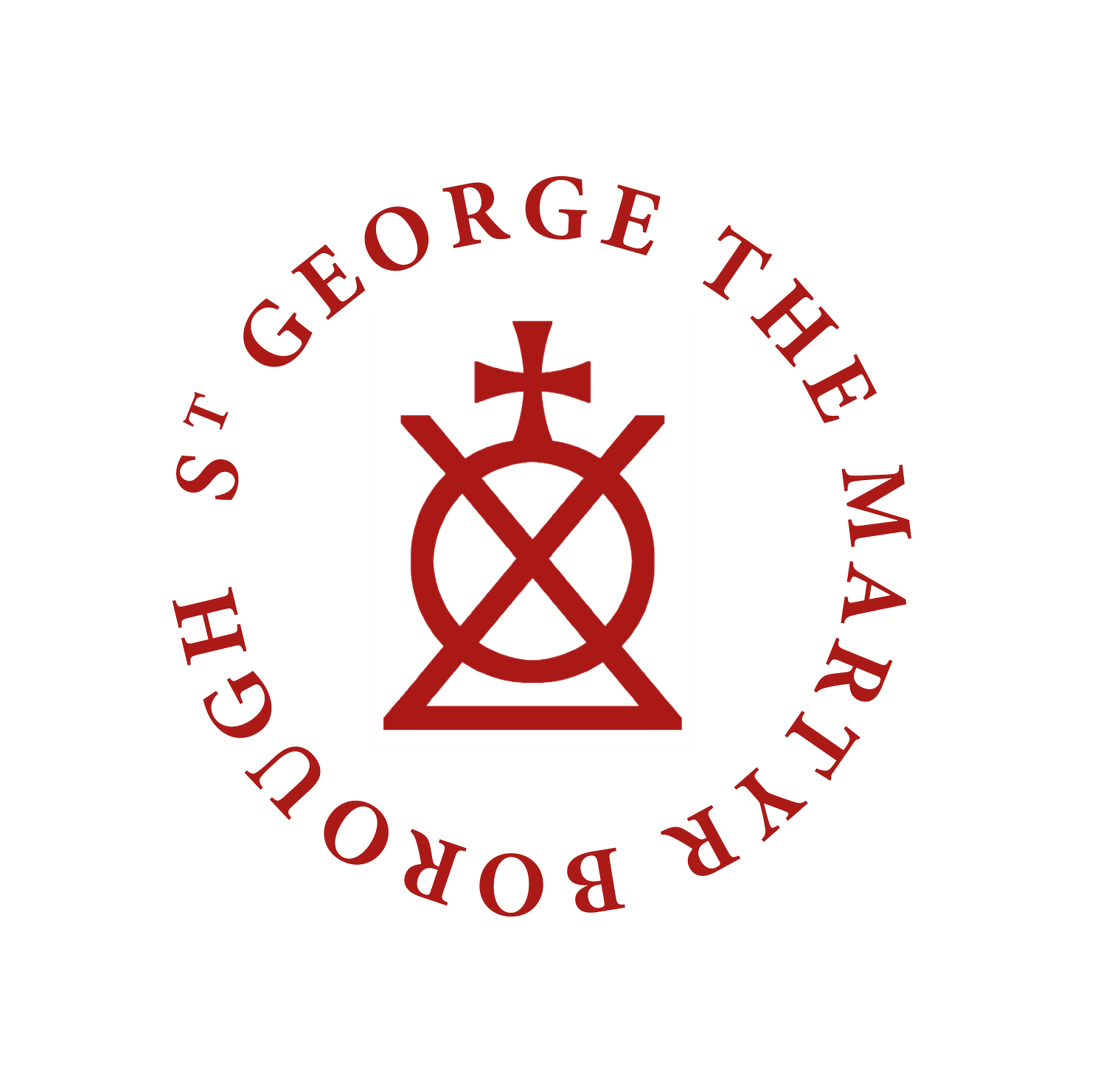Parish and Diocese
Up until 1877, St. George the Martyr was included in the Diocese of Winchester; an ancient diocese covering a vast area of Southern England. In 1877, the church was incorporated into the Diocese of Rochester. In the early 20th century, it was decided that South London should be made into its own diocese, and the Diocese of Southwark was formed. St. George the Martyr was incorporated into this new diocese in 1905 and is currently still in the diocese.
The original medieval parish covered a large area from the open space of St. George’s Fields south of the church with its eastern boundaries being down the Old Kent Road. By 1725, the parish is described as being of a radius of around six miles including fields and garden areas. It included 1478 households and around 5912 people. The 19th century saw the start of rapid population growth in the Borough area. In 1807, the population of the parish was 24,043. This continued to rise, and had reached 50,000 by 1840. This caused negative effects on housing and sanitation, and the parish became one of the poorest in London.
During the 19th century, due to the population increase, six new parishes were formed out of land once belonging to the original St. George’s parish. In 1843, St. Mary Magdalene was formed, along with St. Stephen’s Manciple Street in 1850. The parish of St. Jude’s was also formed in 1850, with St. Michael and All Angels, Lant Street, being formed in 1867 and St. Alphege’s in 1872.
At the turn of the 20th century, the parish continued to be one of the poorest in London. However, a strong sense of community existed in the parish. A description of church life in the 1930s shows a poor but thriving community where ‘the extreme poverty, the Sunday school numbered in hundreds, the mass weddings (the church usually filled with an inebriated congregation)’ prevailed. Indeed, these mass weddings were commented on by Mary Pinder, a member of the congregation in the 1930s, and seem to have consisted of numerous couples lined up along the chancel arch and being married at the same time.
Before the creation of the NHS in 1948, health and poor relief was often centred on parish churches. This is evidenced by the many accounts of poor relief logged in the parish accounts from the 19th and early 20th centuries. The church also had a close connection with the Ranyard Mission, set up to work with London’s poor. In 1935, a Ranyard Nurse and Ranyard Lady Worker were employed at the church, as well as the Rector, two curates and a Mr. Earnest Cook. In 1941, a Miss. Iris Dean was nurse at St. George’s and St. Michael’s Parishes.
During the post-Second World War era, the independent parishes founded in the 19th century were gradually reunited with St. George’s parish. St. Michael’s and All Angels was reunited in 1953. St. Stephen’s was reunited in 1964. In 1976, St. Jude’s church closed and the parish was amalgamated with St. Paul’s. In 1965, the population of the parish was 5380 and in the same year the church conducted 37 baptisms and had 106 Easter Communicants.
In the summer of 1991, St. George’s benefice was joined with that of St. Jude’s. Some of the parish of St. Saviour with All Hallows (Southwark Cathedral’s parish) was annexed to St. George’s, but part of St. George’s parish was transferred to Holy Trinity with St. Matthew. With all the parish boundary changes, St. George’s commissioned a survey entitled ‘Parish and People ‘92’, which aimed at studying the new parish boundaries and population make up. This survey was conducted by members of the congregation.
St. George the Martyr and the church of St. Alphege have had a strong relationship with each other. St. Alphege was formed due to a Diocesan mission- parishes formed from mission districts, college or school missions. Originally, it was formed as a sub-parish of St. George the Martyr, with a chapel being built. It was described as ‘a poor parish in the middle of poor parishes’. A permanent church was built on Lancaster Street in 1882. This building was declared redundant in 1983 and demolished in 1991. In 1992, after the death of Fr. Eric Mathieson, the last independent incumbent at St. Alphege’s, the incumbencies of St. George the Martyr and St. Alphege were united under one priest. There had been a long standing agreement that when Fr. Mathieson retired or died, the parishes would unite. On 12th January 1994, the PCCs from both churches voted in favour of uniting the parishes together, and this was. Provision was made for a space for the congregation of St. Alphege to worship on the ground floor of. St. Alphege Hall, on King’s Bench Street. This was renovated in 1993 and reopened in 1994. The hall was still in occasional use up until around 2011, with it being rented out and used for services. In 2017, it was rented out to an estate agent, being a useful source of income for St. George the Martyr. In around 2004, the parish boundary was adjusted slightly eastwards to include Manciple Street where the current Rectory is located, as well as other areas.
